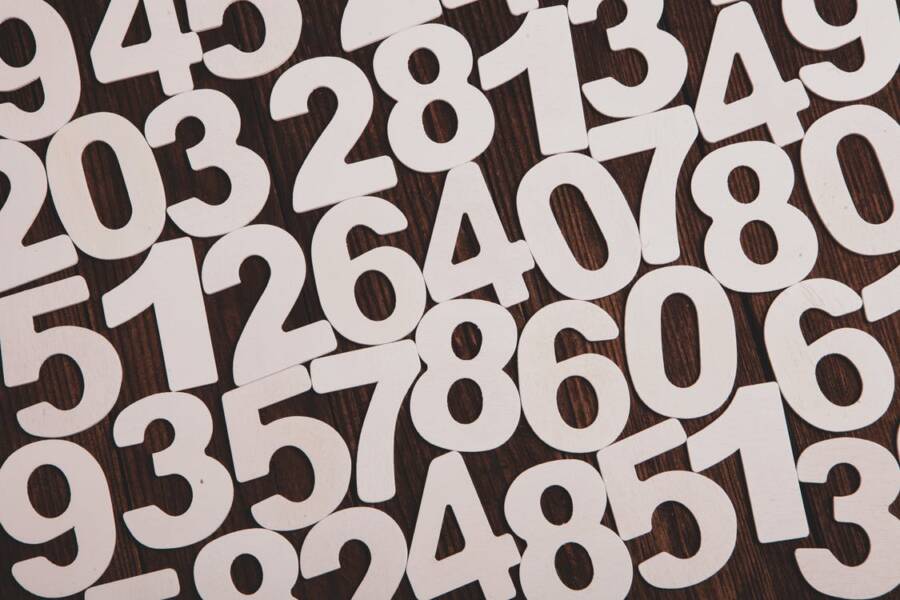If you want to know about one of the most remarkable business success stories of all time, take a look at the inexorable rise of online gaming.
From a virtual standing start back in the early 1990s, today it’s an industry worth around $80 billion a year and is predicted to grow at an unprecedented rate. Some analysts believe that within three years it may even be worth $125 billion a year.
All of the games available online add to this total. But by far the biggest contributor are the slots games. This is hardly a surprise as it’s exactly the same in traditional land-based casinos.
A brief history of the slot
In fact, slot machines have been beguiling players worldwide ever since the late 19th century. This was when a young electrical engineer in California called Charles Fey produced the first ever machine. Called the Liberty Bell, the jackpot was 50 cents and when it was won the eponymous bell on the machine sounded.
The slots game had been born and soon its popularity started to spread. Over time, the technology driving these machines moved from the purely mechanical to the electromagnetic and, eventually, the digital.
With each step in its evolution, the slots game became a little more sophisticated offering additional features to players. For example, one innovation was giving the chance to “nudge” reels a specific number of times in the hope of getting a winning line. Similarly, being able to hold certain reels for a spin was another revolutionary advancement.
But it’s with the latest generation of games that the greatest advances have been made, and we probably have online casinos to thank for this. Slot games are now offered at many major casino providers online and they have grown to be one of the most popular casino games operating online, with players have many themes to choose from.
Recreating the random
Because online slots are virtual recreations of the physical world there is one hurdle that all casino games of chance need to get over. This is how to recreate the random nature of a set of spinning reels, a rolling roulette ball or even the dealing from a pack of cards.
Because a computer program runs all of these games, and computers are essentially logic machines, an intervention has been needed.
This has come in the form of an algorithm that can be included in a game called a Random Number Generator, or RNG for short. As the name suggests, this tries to emulate, as closely as possible, the randomness of the physical world and it does this in an ingenious way.
At its heart, and RNG constantly creates a sequence of numbers with no pattern or logic to them. In the case of a slots game, each of these numbers represents one of the symbols on the reels.
When the play button has been pressed and the reels have spun for a specified period of time the RNG freezes momentarily on a set of numbers corresponding to the number of reels in the game.
These numbers then dictate the symbols that are on the reels. Sometimes it’s a winning combination but, more often, it’s not.
Programming in the Return to Player
Alongside the RNG, another element is programmed into all slots games, and this is a theoretical measure called Return To Player. Again, the name is fairly self-explanatory. It is the proportion of the stake money paid into a particular game that is returned in winnings.
Typically, this figure is around 95%, meaning that the online casino retains 5% of the stake money. Where some players become a little confused is in assuming that this figure refers to their particular session on a slots game.
Actually, it’s a calculation that relates to an extended period of play and that’s why some players can expect paybacks of much more than 100% of their stake – and others will get less than 95% of their stake.
The psychological angle
There is another aspect of the science behind slots that is impossible to ignore – psychology.
In-built in every single game are certain hooks and other devices that make them irresistible to many people and which explain, more than anything else, just why they are so very popular.
The first of these is the programming that ensures there will be a fairly regular winning of small wins. This is made even more likely by the slight weighting given to the lower value symbols.
Wins of any size also have an important effect on the brain in which a chemical called dopamine is released. This affects pleasure centres creating a feeling of wellbeing which our instinct is to repeat as soon again as possible.
The use of music and flashing celebrations that tend to run alongside these wins reinforces this feeling. It has also recently been found that the more “human” a game appears to be, the greater the risks gamblers are likely to make.
But risk is only part of the story. Most of us like to feel in control, even of the random. So the need to press a button to activate the reels gives the impression that we have an influence over the eventual outcome.
To this end, some developers are now even looking into introducing elements of skill into slots games and this may become one of the next technological leaps forward.
Add to this artificial intelligence and virtual reality and you start to get an idea of what future generations of slots will include in what is certain to be a bright, new technological future.
TechnologyHQ is a platform about business insights, tech, 4IR, digital transformation, AI, Blockchain, Cybersecurity, and social media for businesses.
We manage social media groups with more than 200,000 members with almost 100% engagement.










































